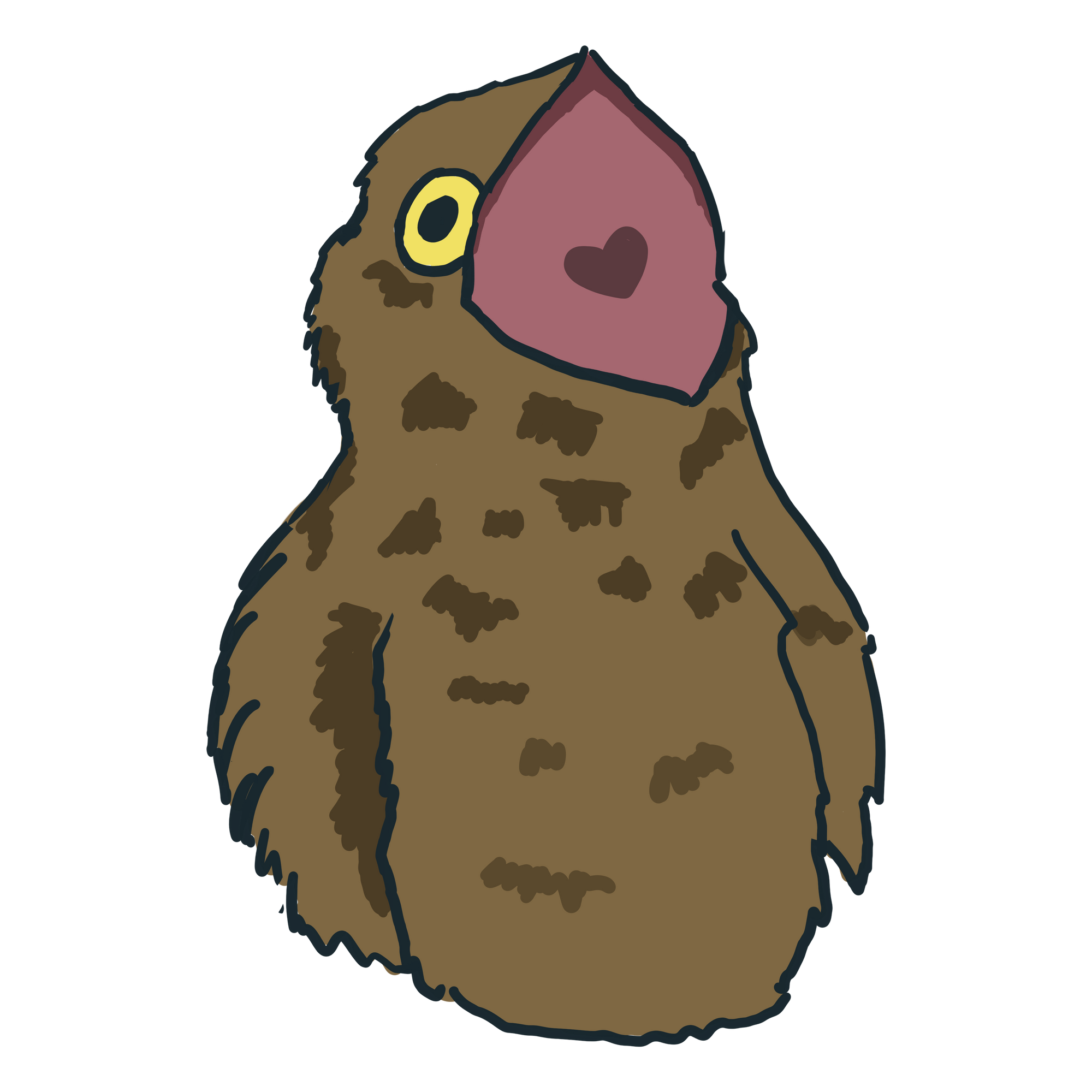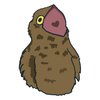The Birds' summer vacation to Sungei Buloh
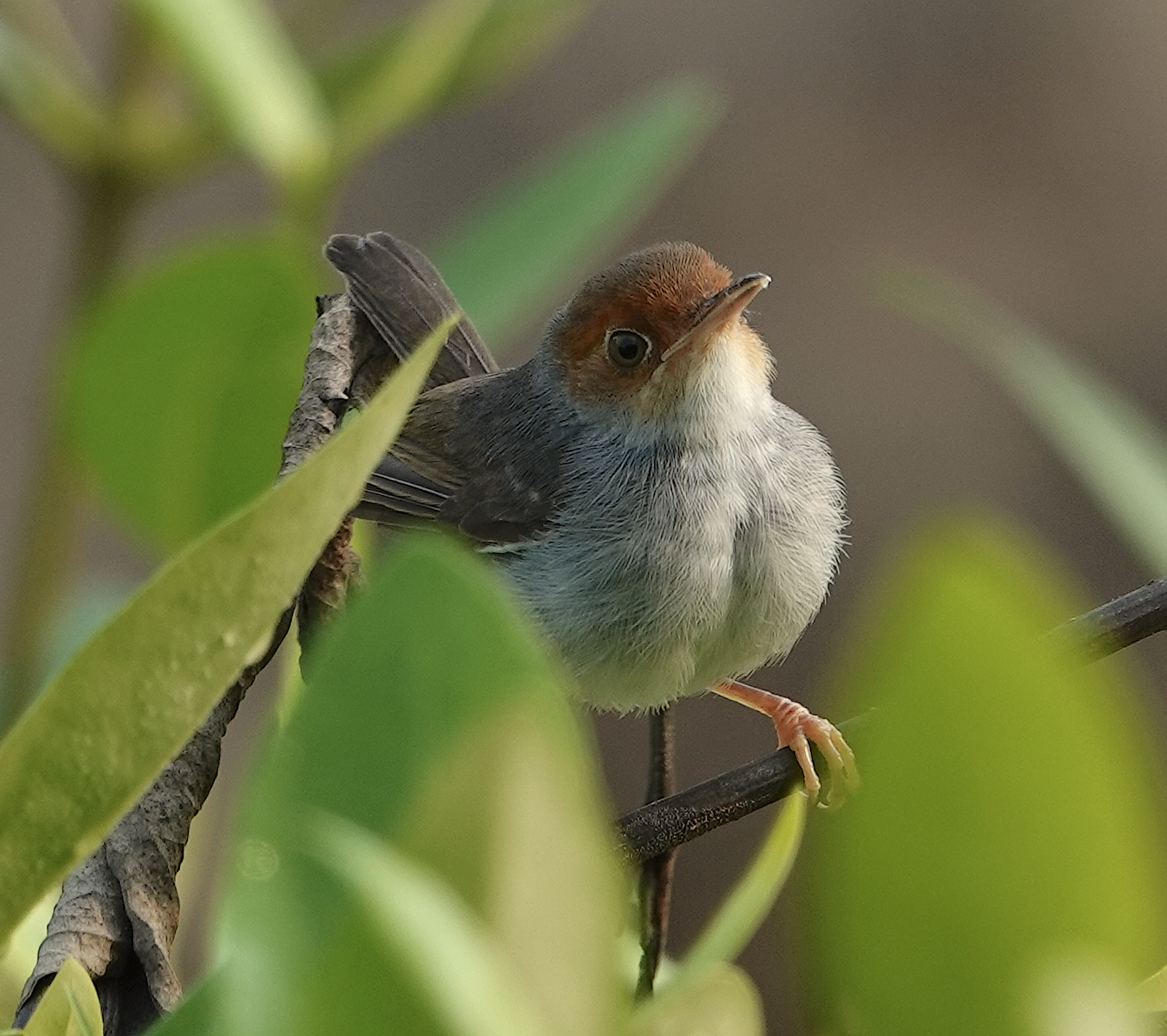
Note: This post focuses on my quick visit to Sungei Buloh but I have linked some good online resources about Sungei Buloh below.
The migratory bird season at Sungei Buloh runs from September to March. Many birds come to sungei buloh wetlands to escape the cold weather in other countries like Japan and about 200 migratory birds species have been recorded at Sungei Buloh . The birds fly to the mangroves at Mandai to forage for food during low tide and fly back to Sungei Buloh to roost at high tide. (src: Nparks)
The creation and preservation of Sungei Buloh was the result of the hard work by a group of passionate nature lovers from Malayan Nature soceity who wrote a proposal to the government for its conservation. Sungei Buloh was previously slated for agrotech development but a group of bird watching enthusiasts showed government leaders the ecological importance of the land and the nature was fortunately conserved. Now, tons of education tours are conducted at Sungei Buloh to interest the younger generations in ecology and wildlife.
An early morning treat
I did a 2h loop walk around Sungei Buloh swamp trail on a quiet weekday morning at 8am. The photos in this article was from this visit and I did manage to see quite a decent variety of wildlife within such a short visit (perhaps due to the lack of crowds and morning timing when birds are more active). The early morning songs of various birds from the birds filled the place and mashed into a pleasant welcoming symphony.
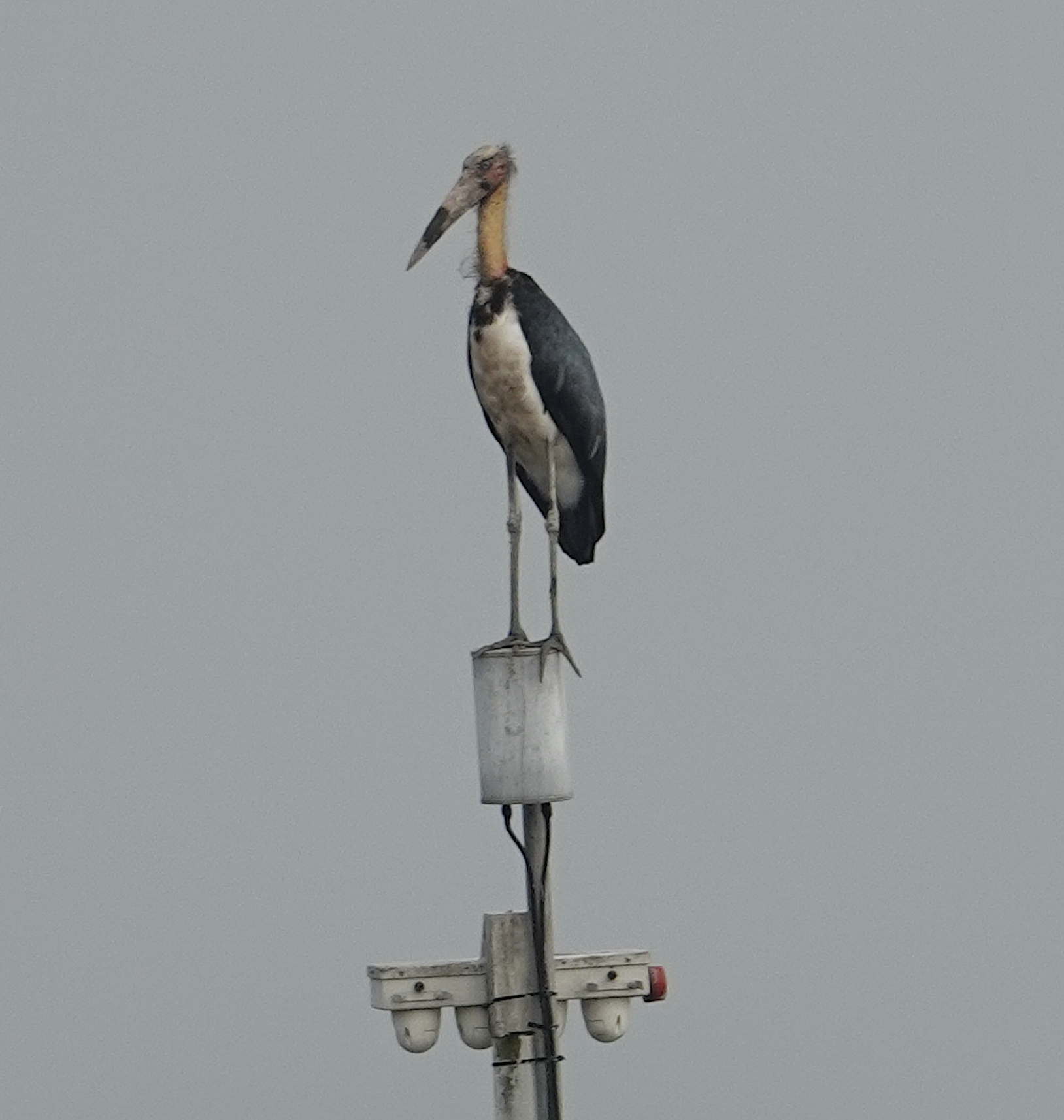
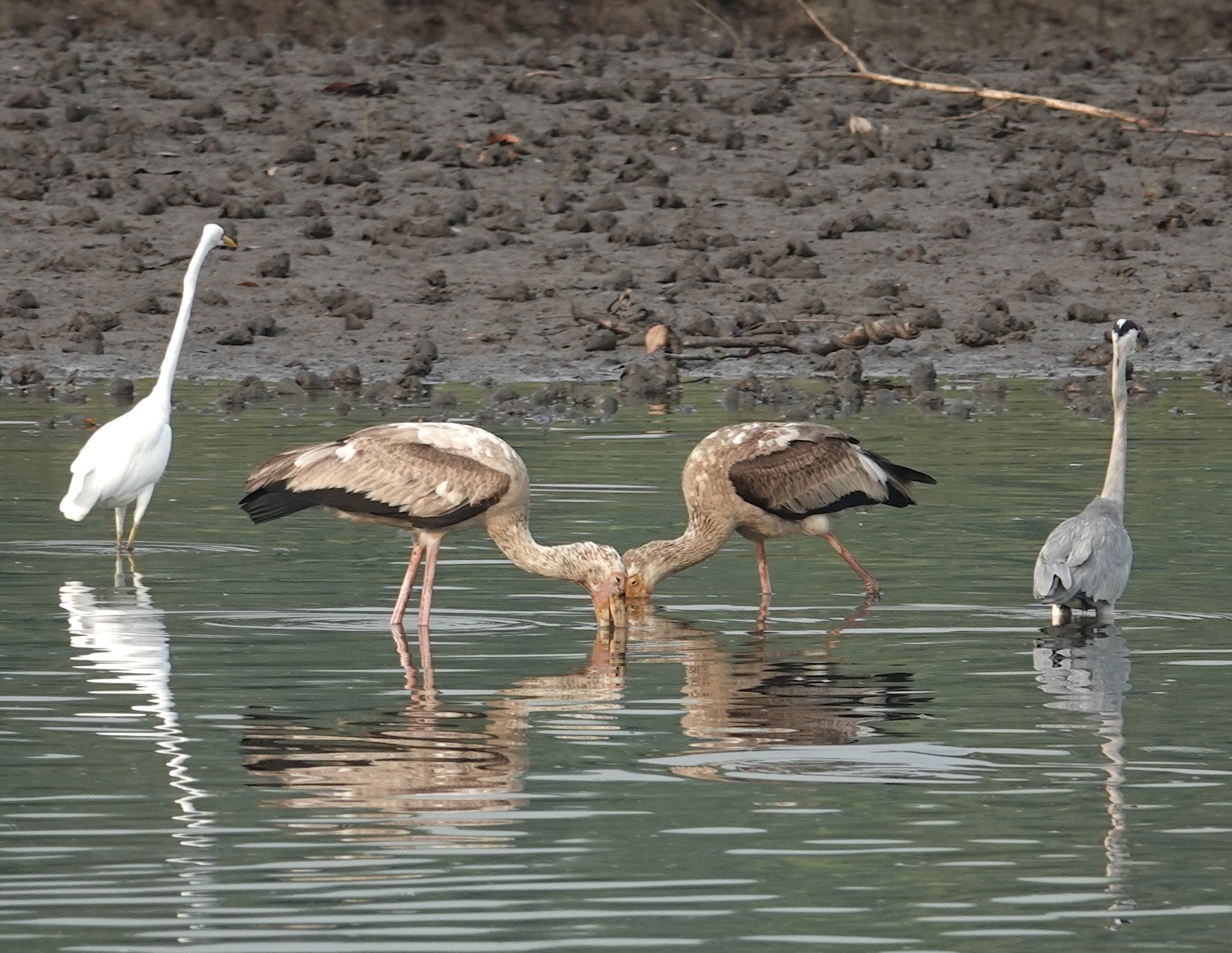
The storks, egrets and herons are often found foraging in the swamps along the trail and with binoculars, you can see the prawns they are catching.
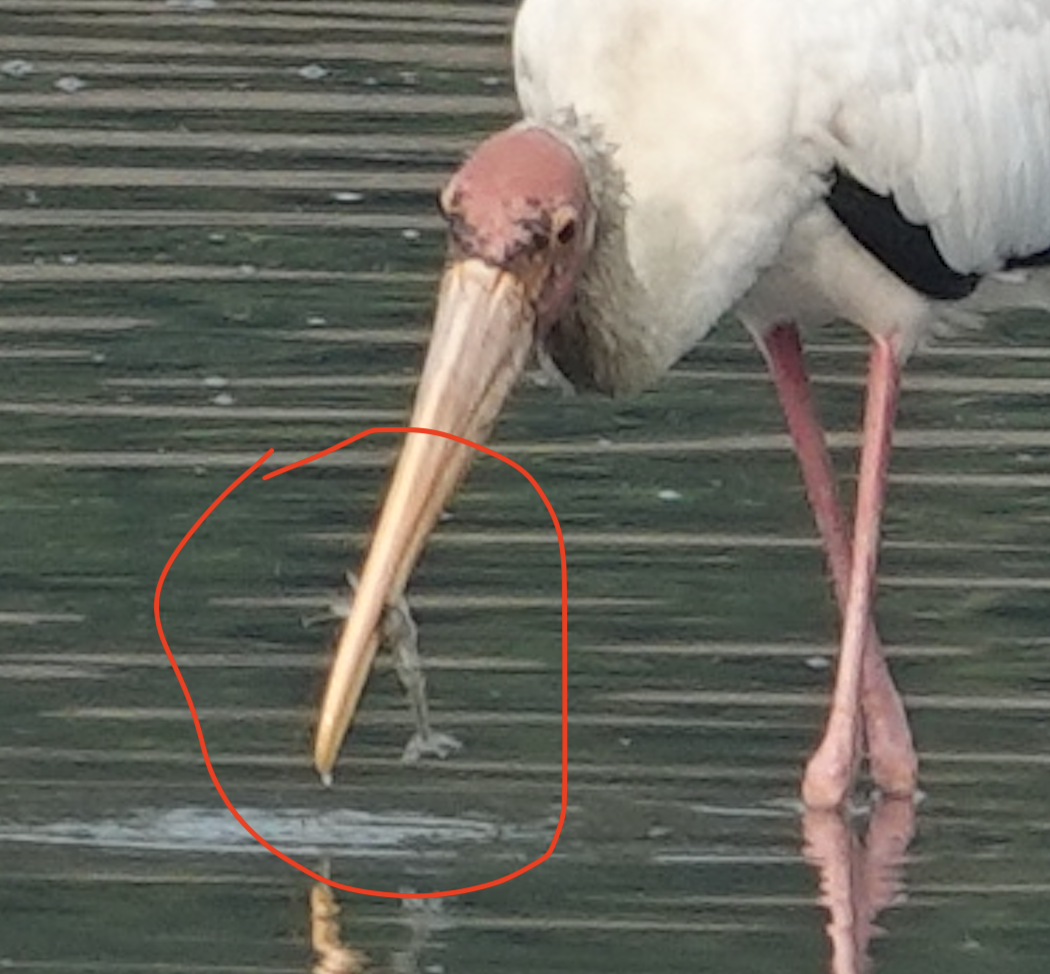
It's common to see crocodiles at Sungei Buloh. The most famous resident of SBWR is Tailless the crocodile. (he is missing a tail)
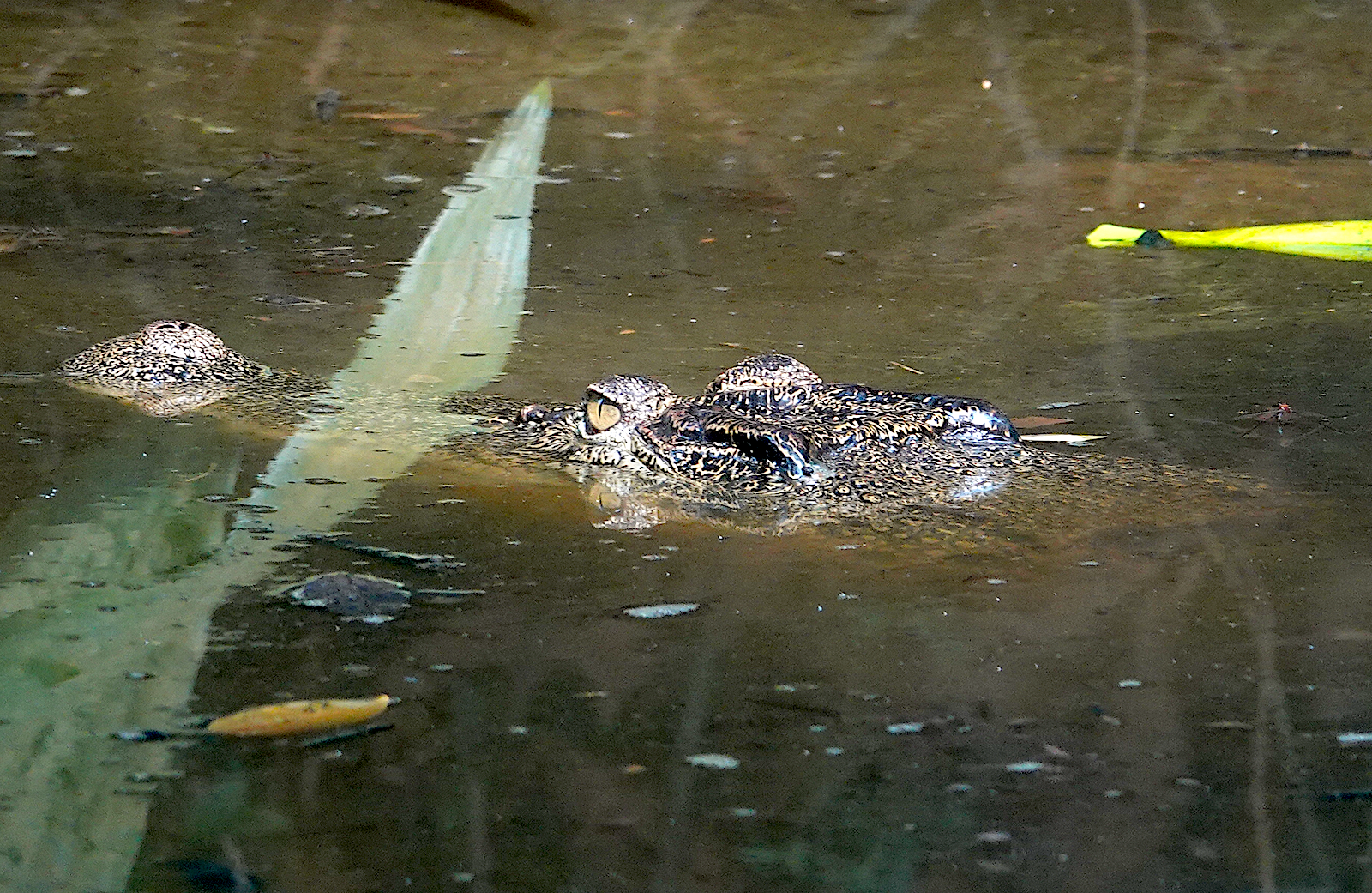
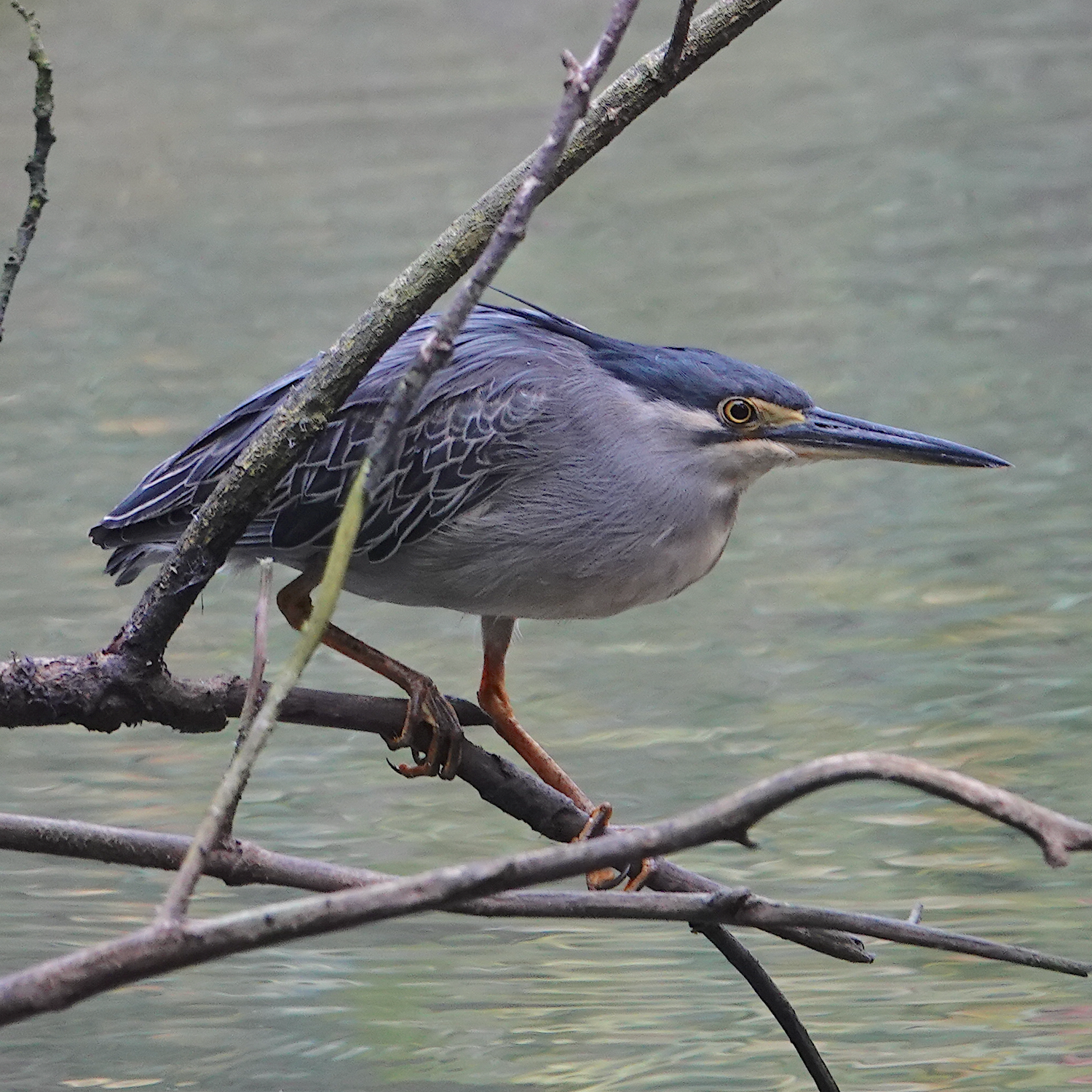
Sungei Buloh is not a zoo and you might not get to see wildlife up close. The animals roam over a large area and usually away from the paths. To see wildlife, you most likely have to be patient, quiet, and very observant. And when you are trying to spot wildlife, please do not start screaming "EH COME HERE GOT CROCODILE/LIZARD/OTTER" and "WHERE GOT I CANNOT SEE ANYTHING".

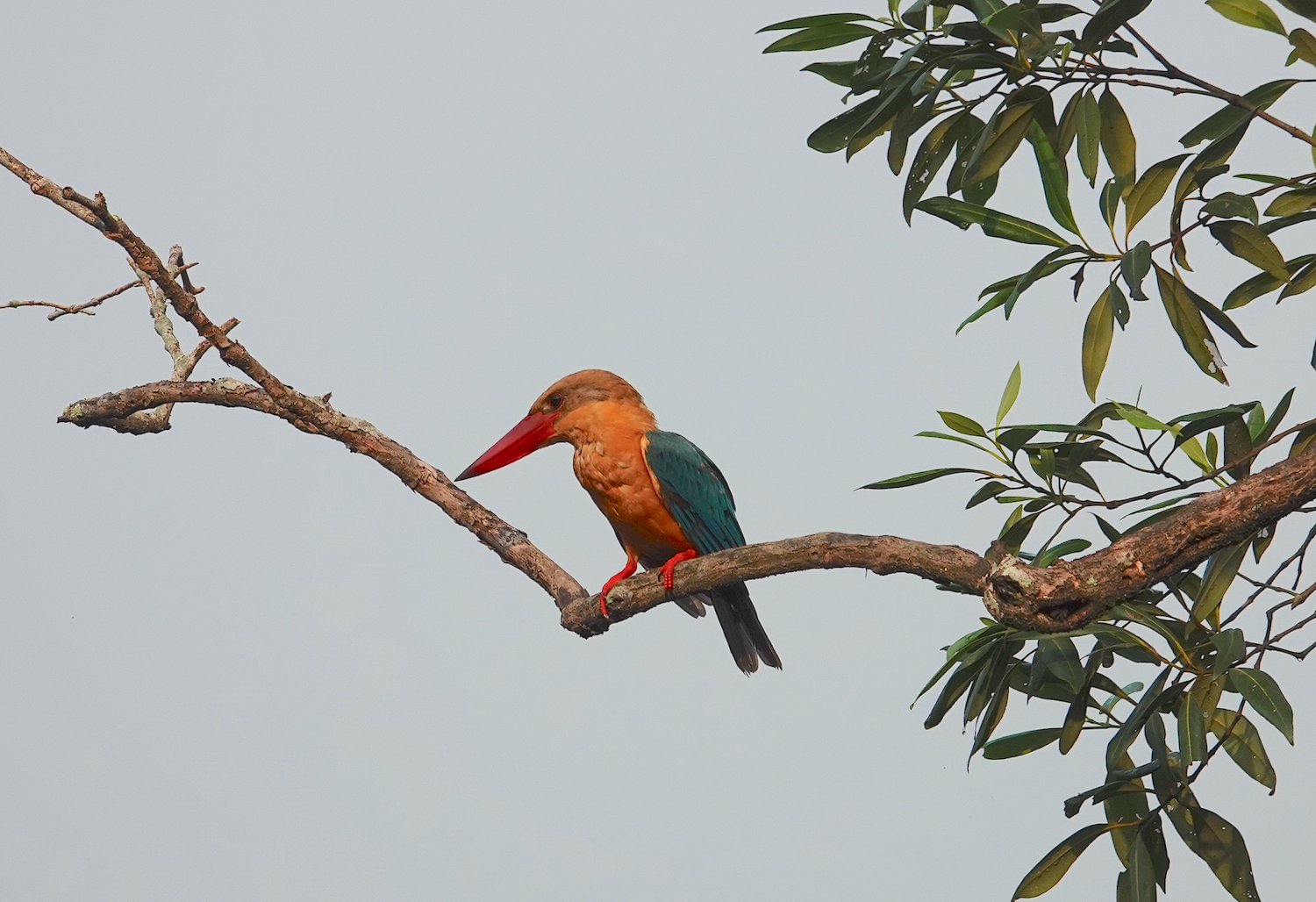
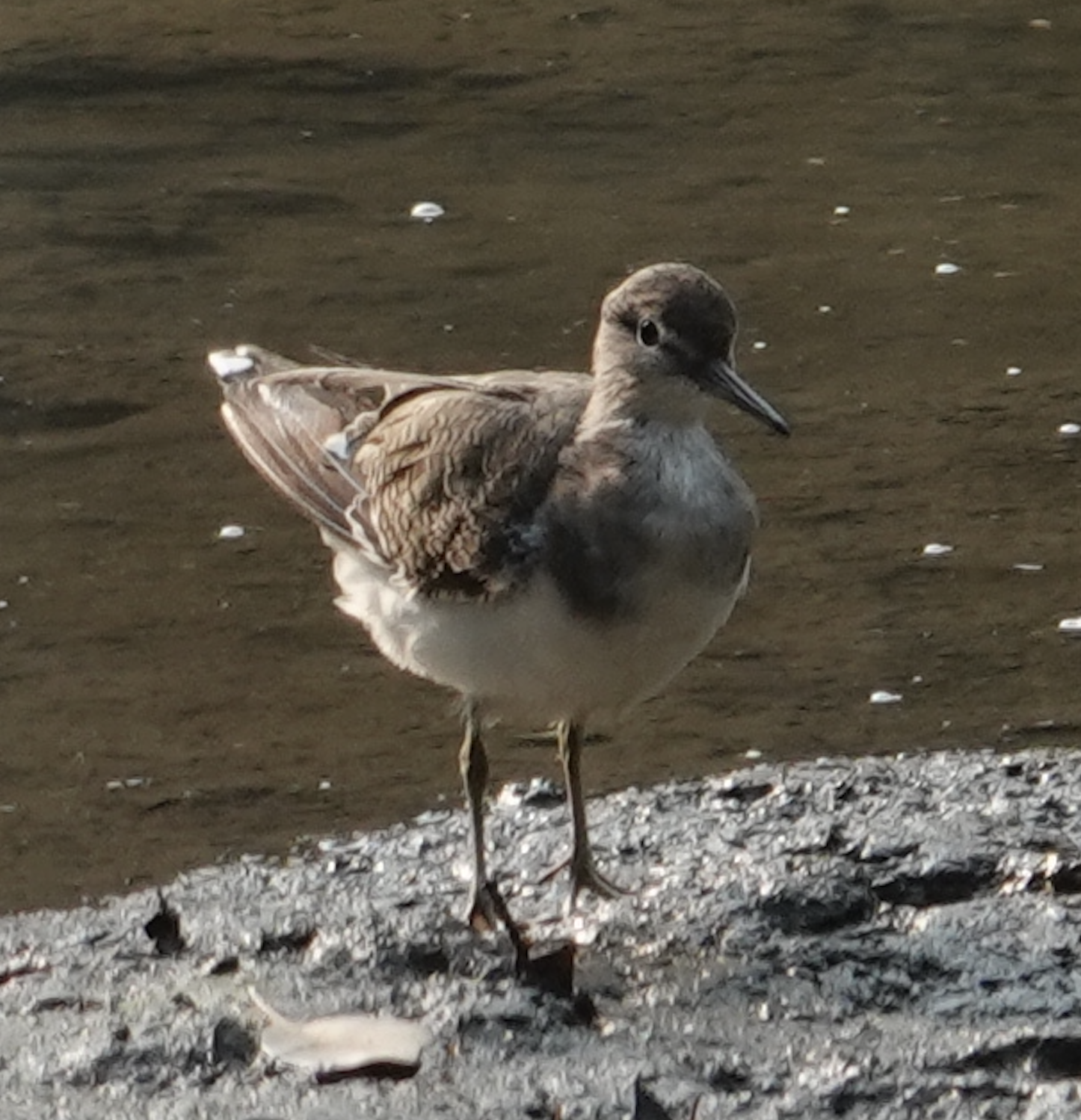
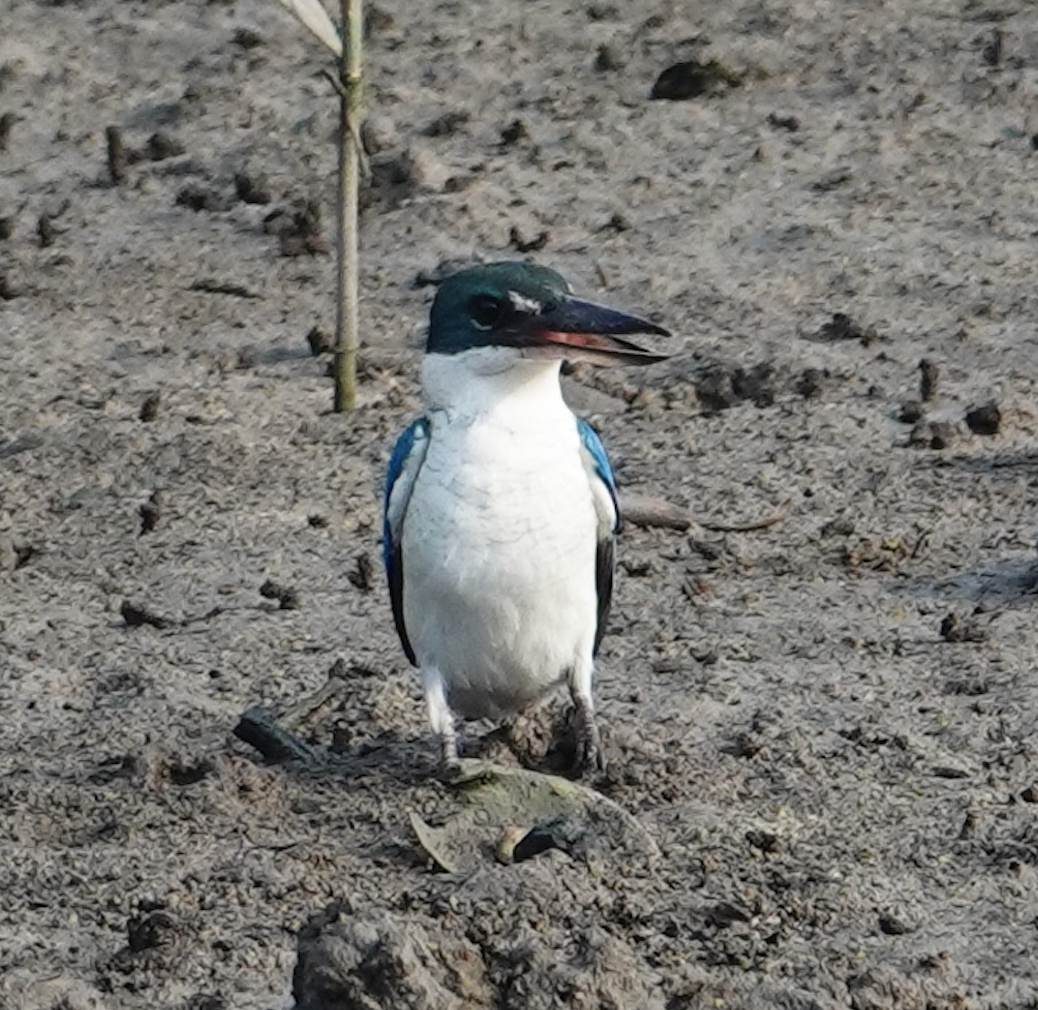

^ These collared kingfishers' bright blue plumage stands out against the sandy mudflats.
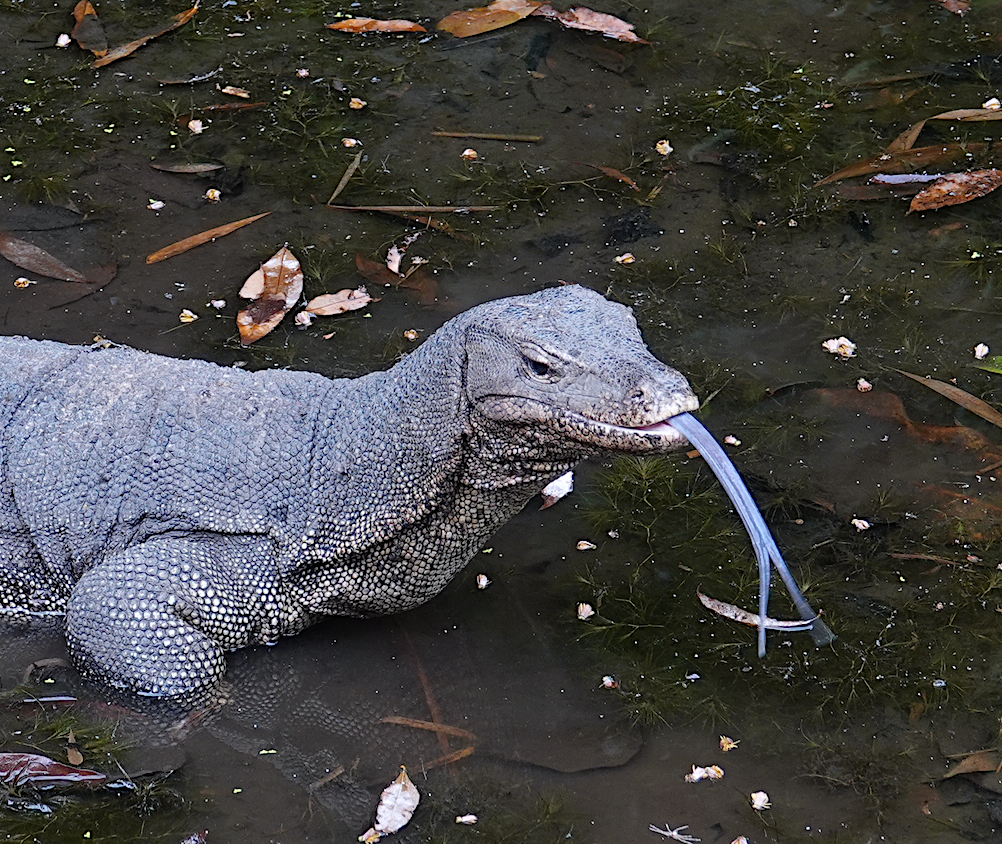
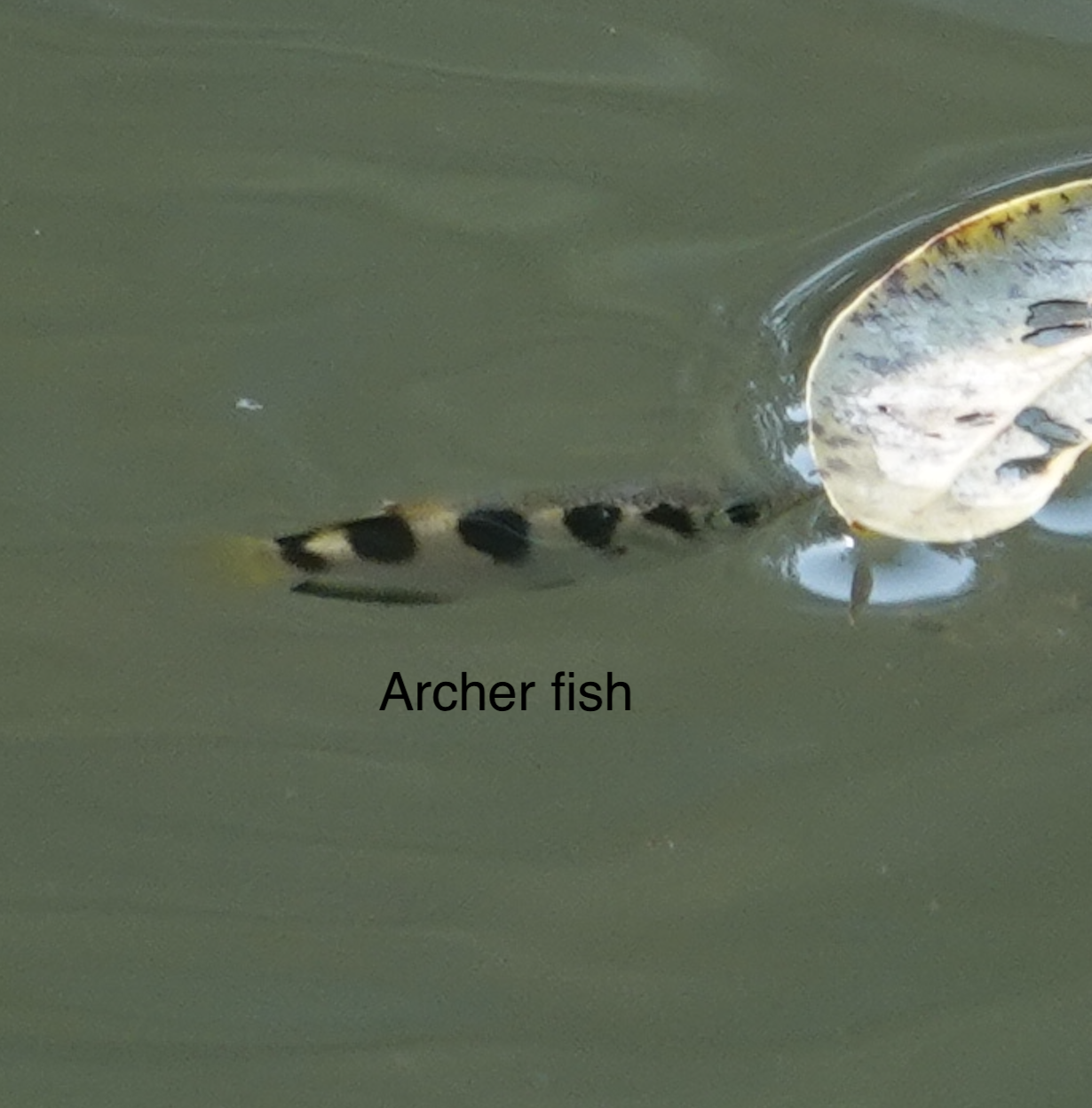
Look out for the distinctive archer fish who are often swimming near the water surface, probably looking out for their next meal to gun down.
There are also some bats nesting under the roofs near the visitor center.
Mudskippers and orange-signaller crabs can be spotted all over the mud flats.
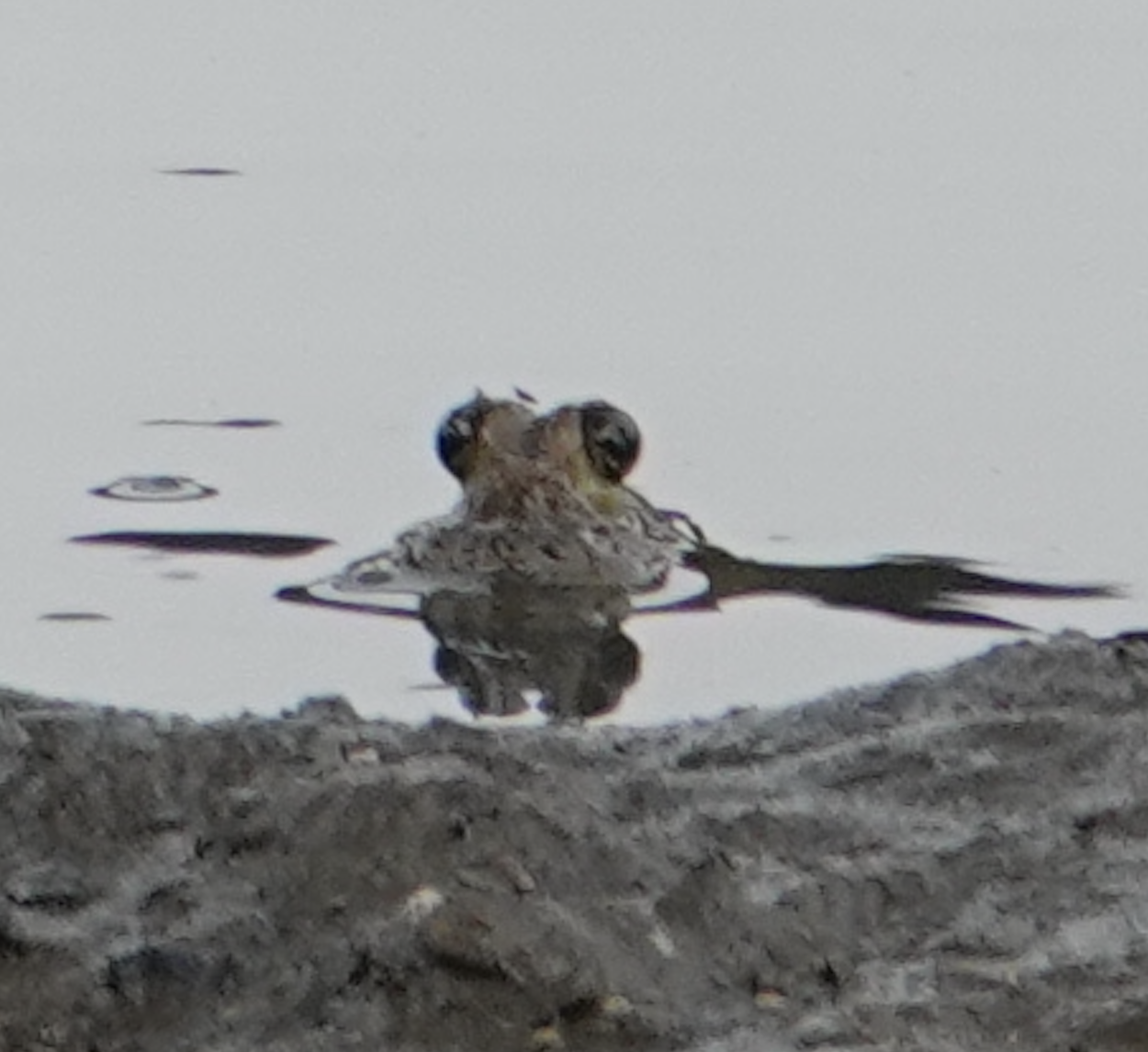
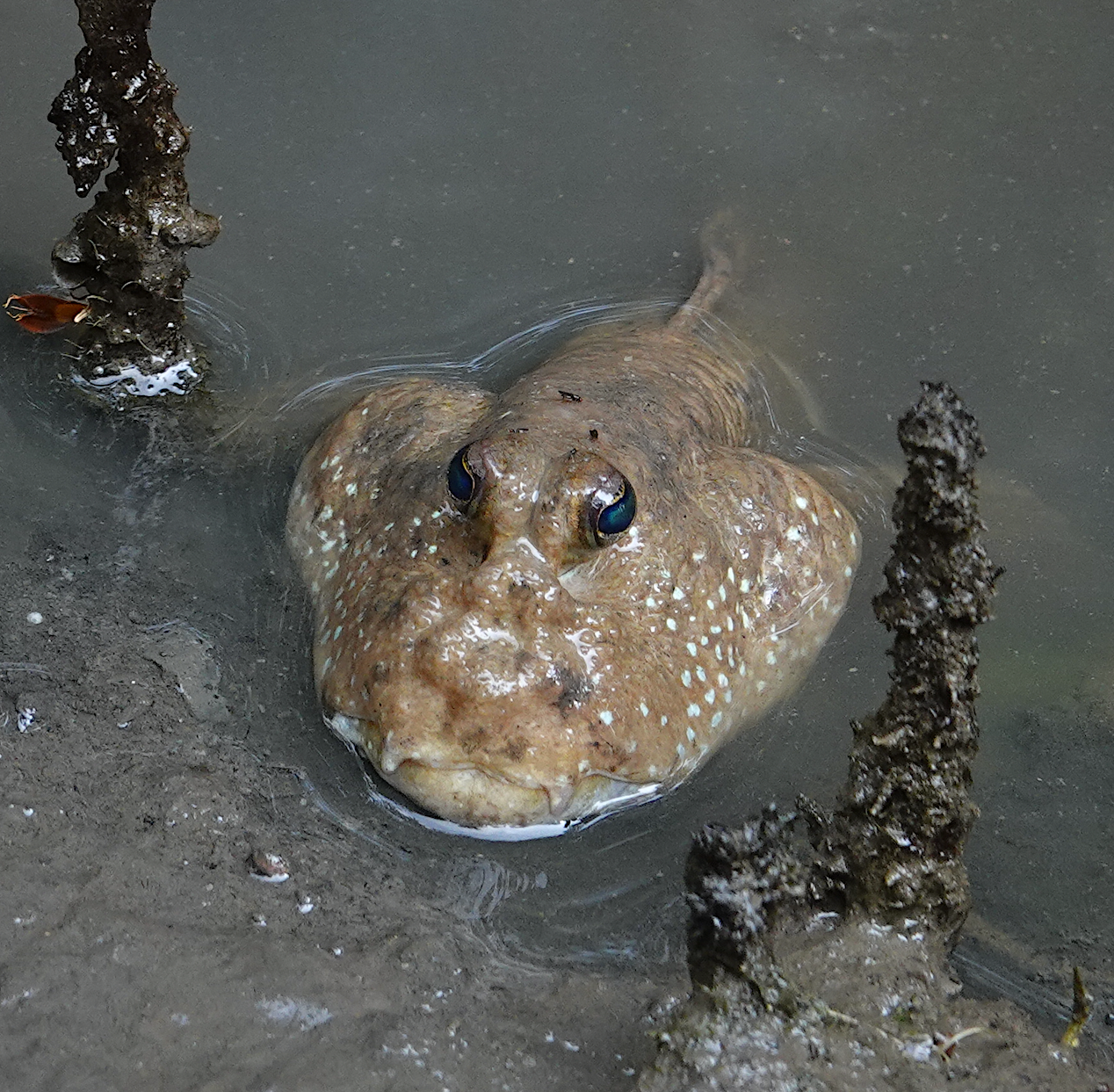
Some interesting articles and videos about Sungei Buloh:
Sungei buloh conservation by Nparks https://www.youtube.com/watch?v=ca6YXDKZMRI
Birding in Sungei buloh: https://www.youtube.com/watch?v=McqkHNb988g
Official sungei buloh visitor guide by Nparks: https://www.nparks.gov.sg/gardens-parks-and-nature/parks-and-nature-reserves/sungei-buloh-wetland-reserve
tips
- bring binoculars of cameras with good zoom. at those towers, you are likely to spot many birds on the mud plains (sometimes the color of the feathers blend in with the buddy surroundings which makes it difficult to see them)
- go early in the morning or the evening when the birds are more active and there is no crowd.
park etiquette and respecting nature
- not approach or chase wildlife, especially the lizards, snakes, otters and crocodiles. also, not scare or provoke or make too much noise. Stay as far away as possible from a crocodile if you meet one on land.
- pls do not feed the fishes and wildlife as this will disturb the ecological balance.
- It is very damaging to the ecosystem to feed them. The food offered by ignorant and inconsiderate visitors is often harmful to their health and it could cause them to be aggressive to humans for to beg for food in future.
- Do not litter or avoid even having picnics here. The trails have enough litter around.
- Do not walk outside of trail paths or climb over barriers. You might damage mangrove tree roots or get attacked by crocodiles.
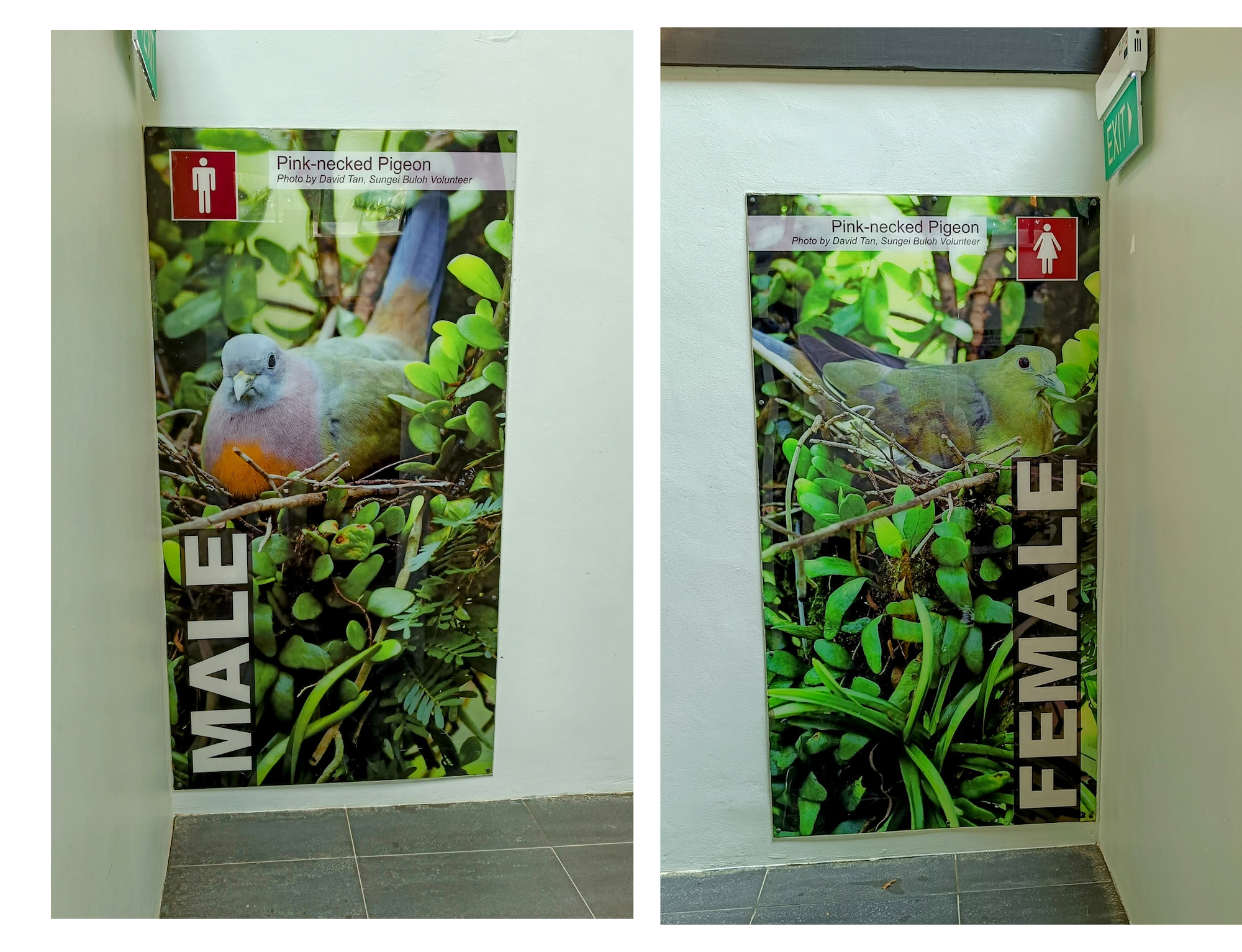
Sungei Buloh isn't the only place to see migratory birds in singapore. There has been sightings of a large daurian starling flock in Yishun
Hi, if you like my work and would like to help with my server costs (which I pay for haha), do consider buying me a coffee / kopi / kofi
